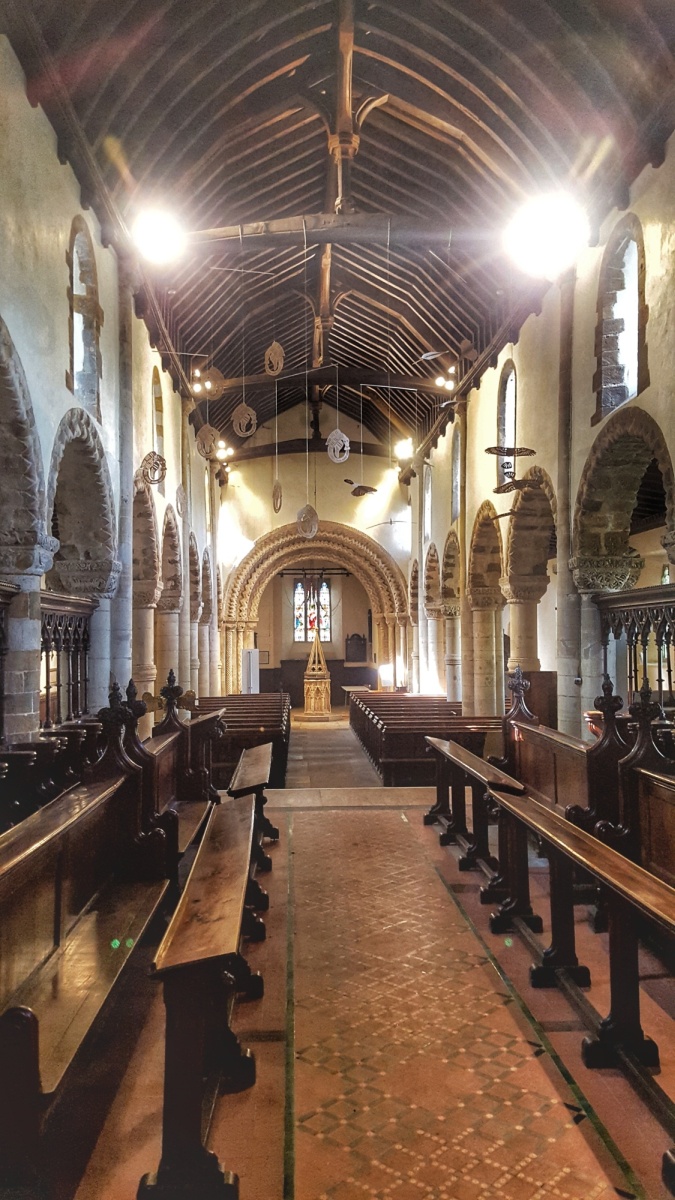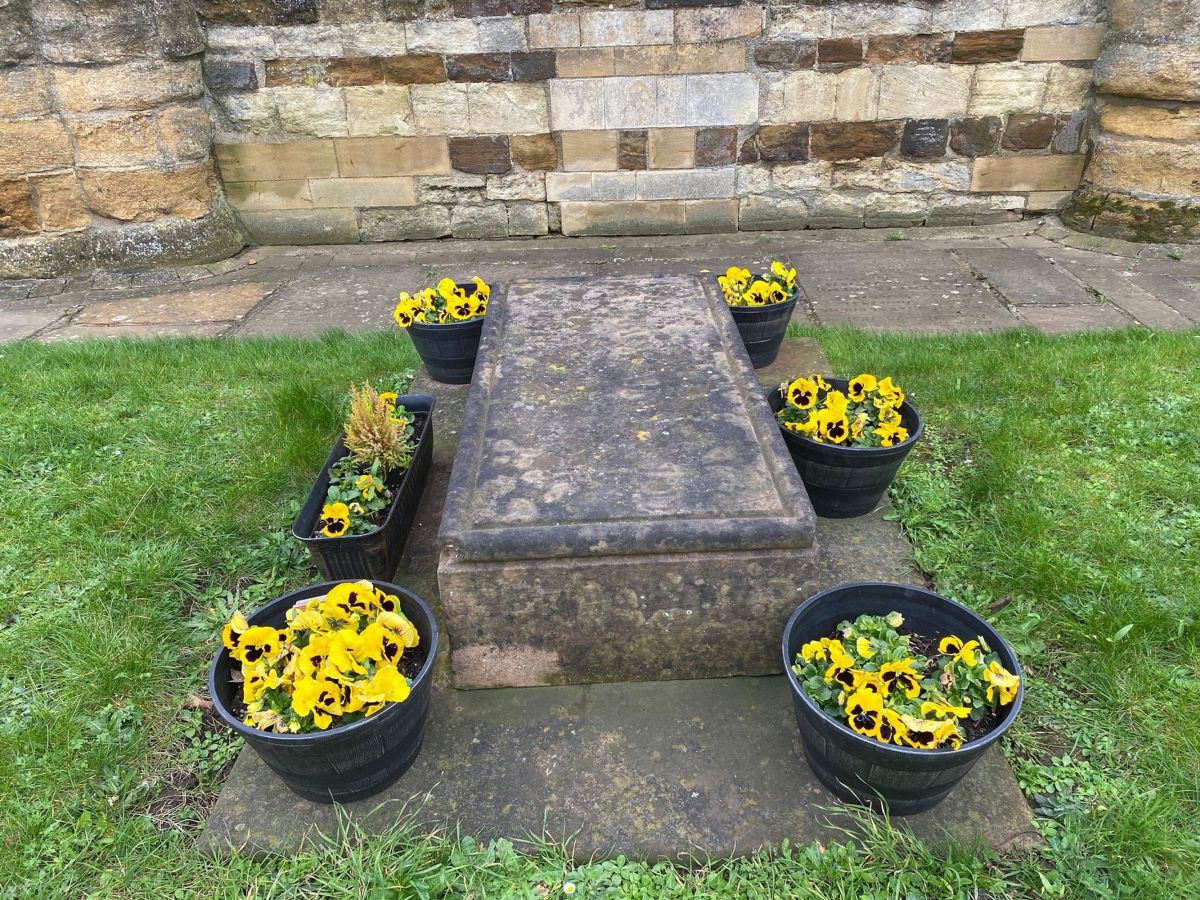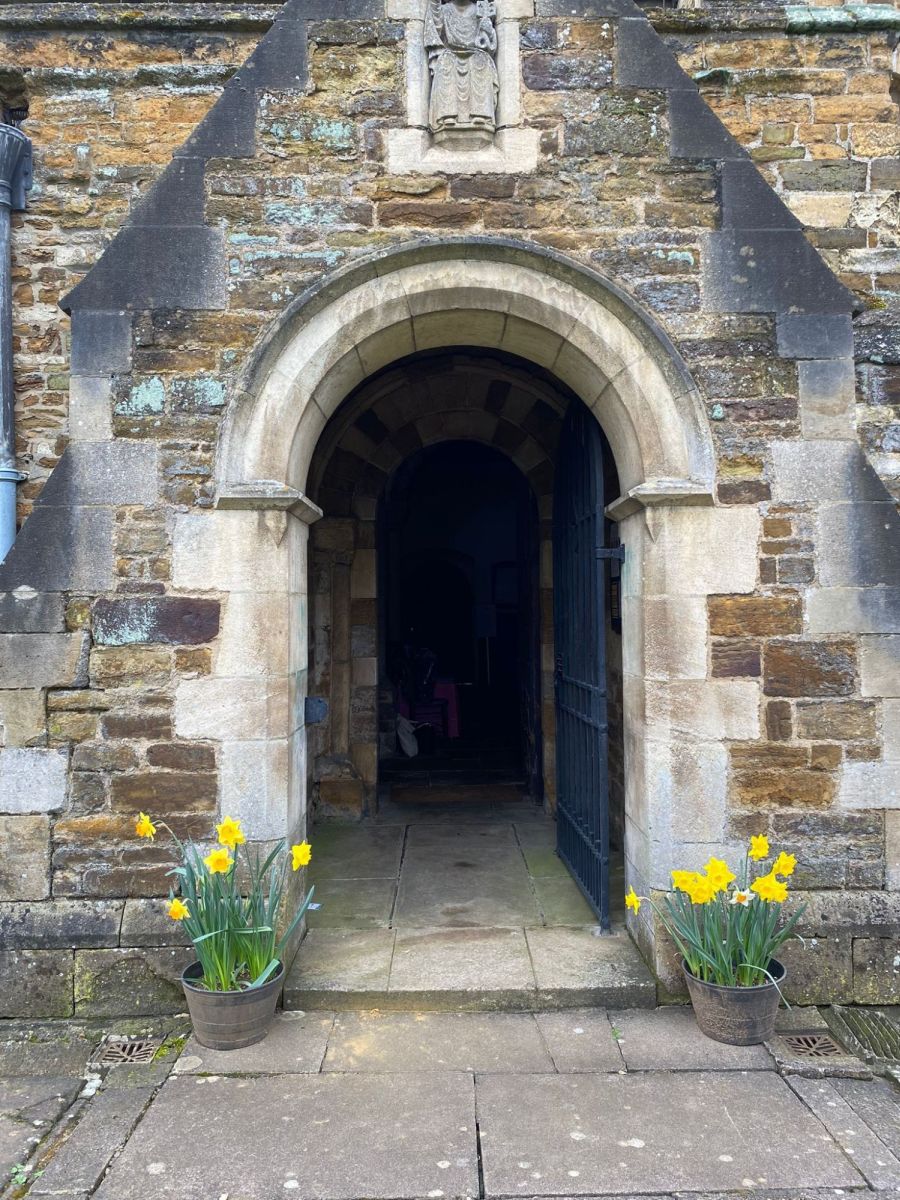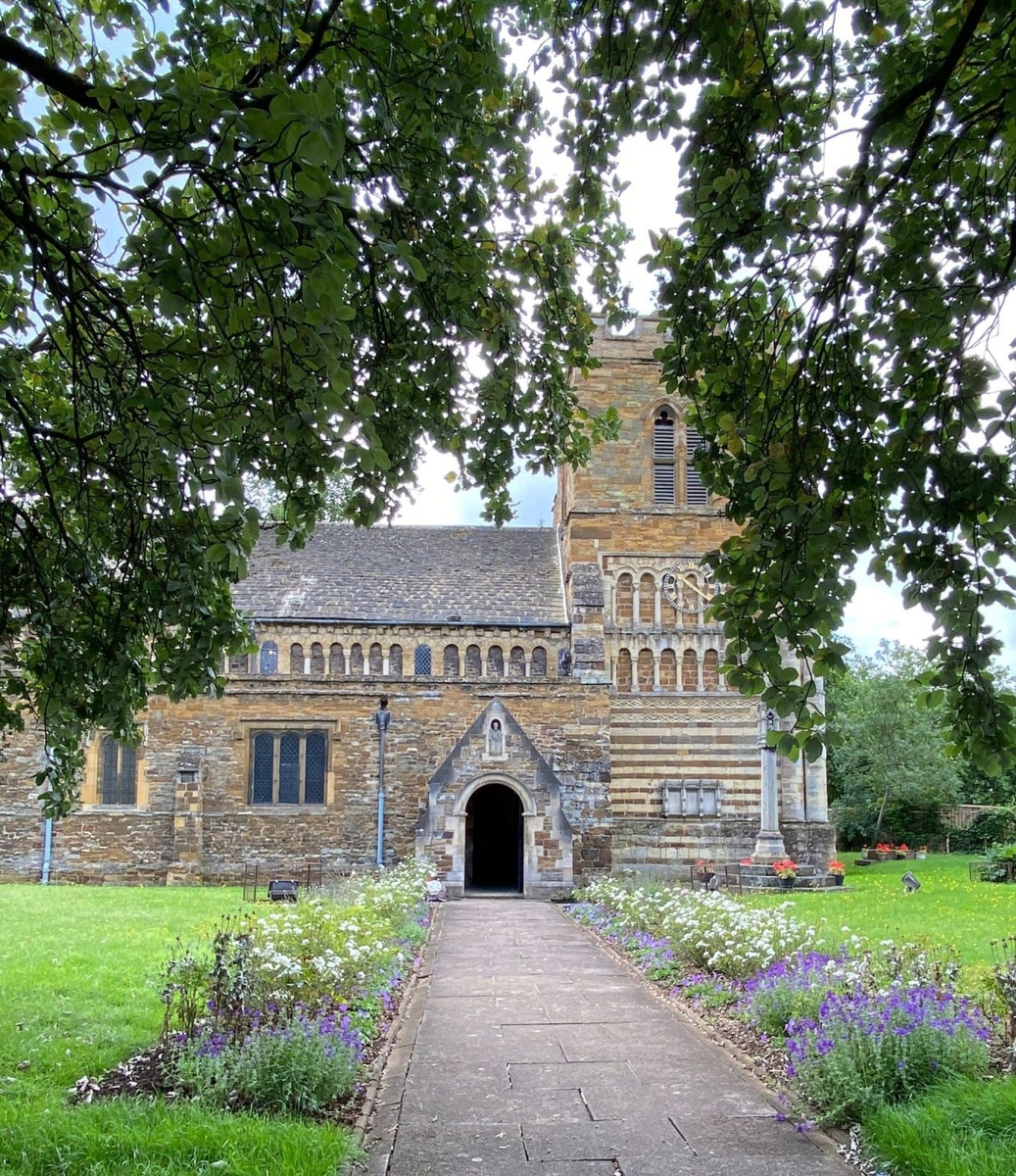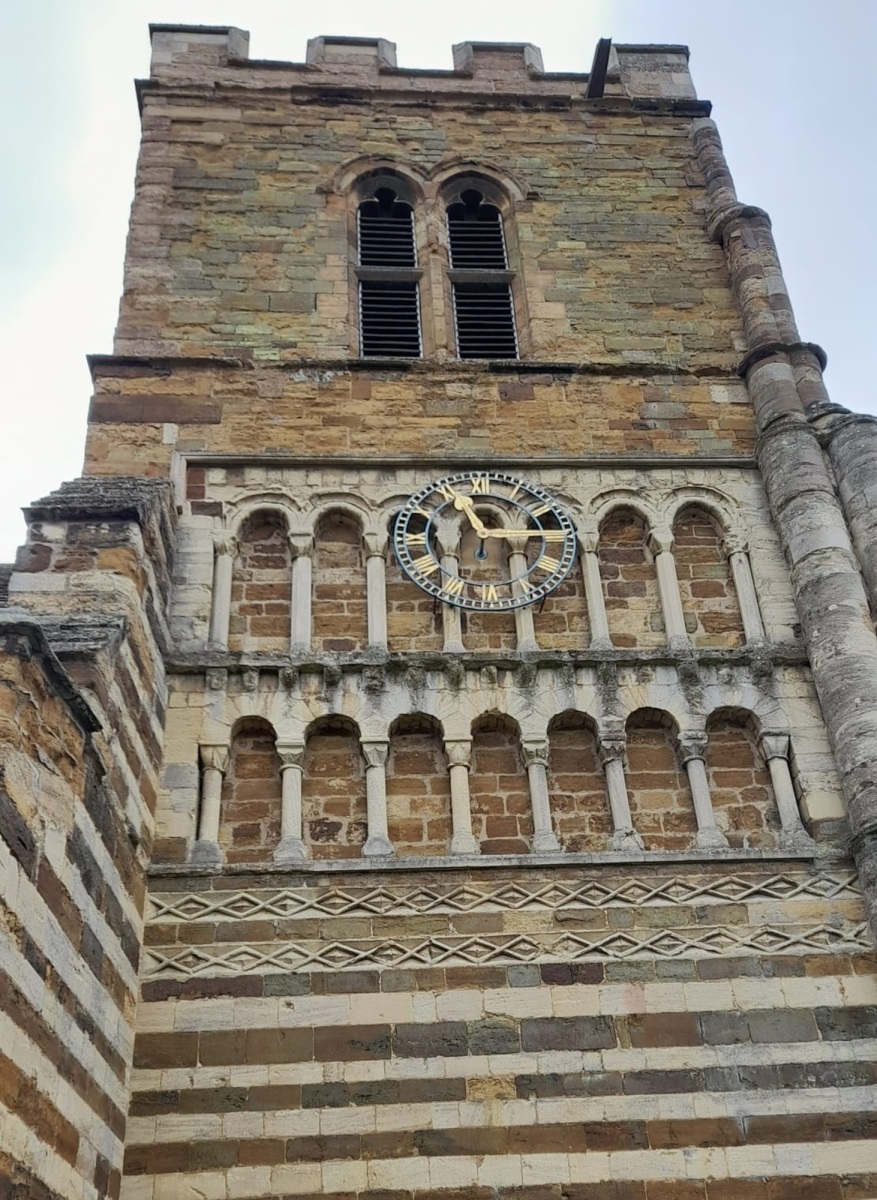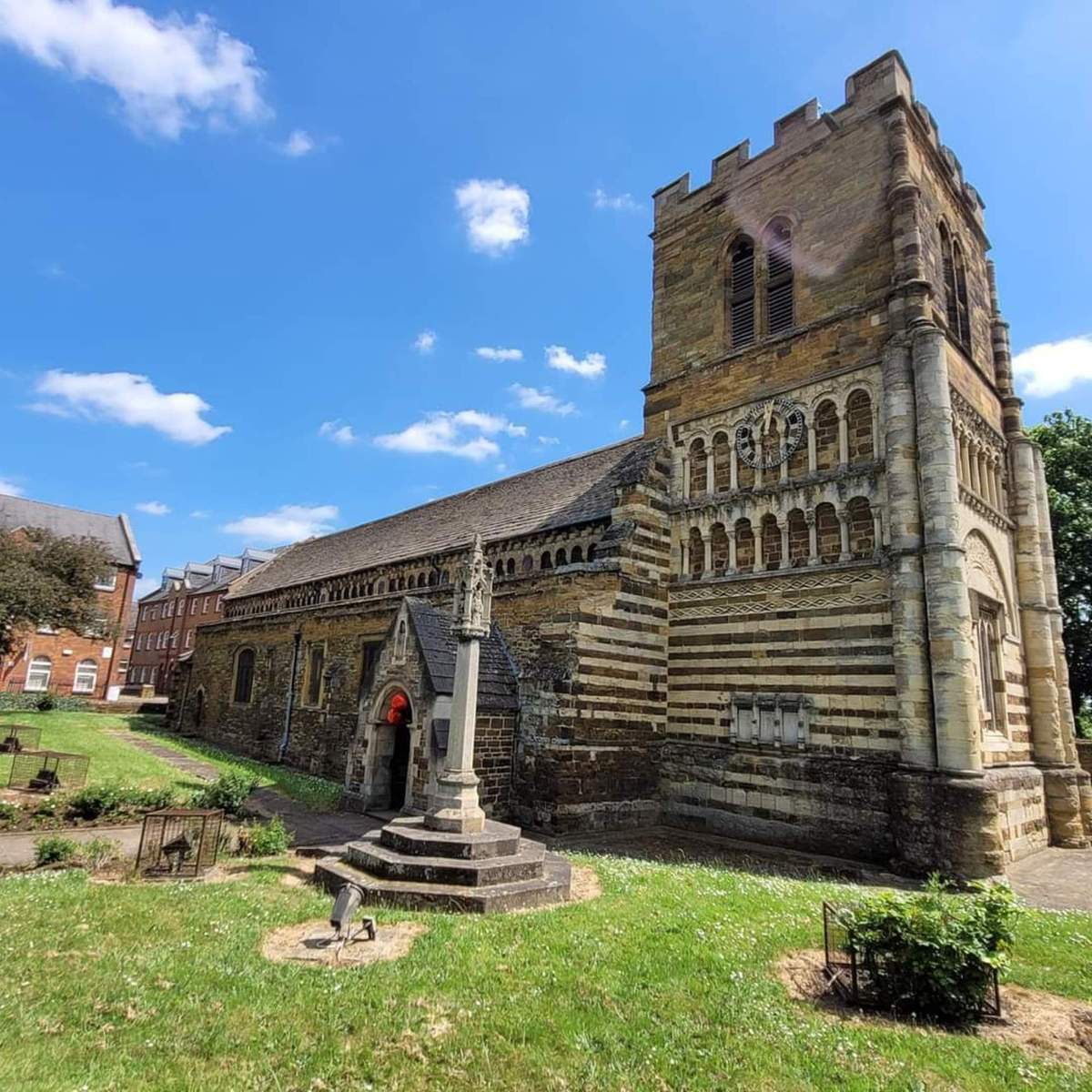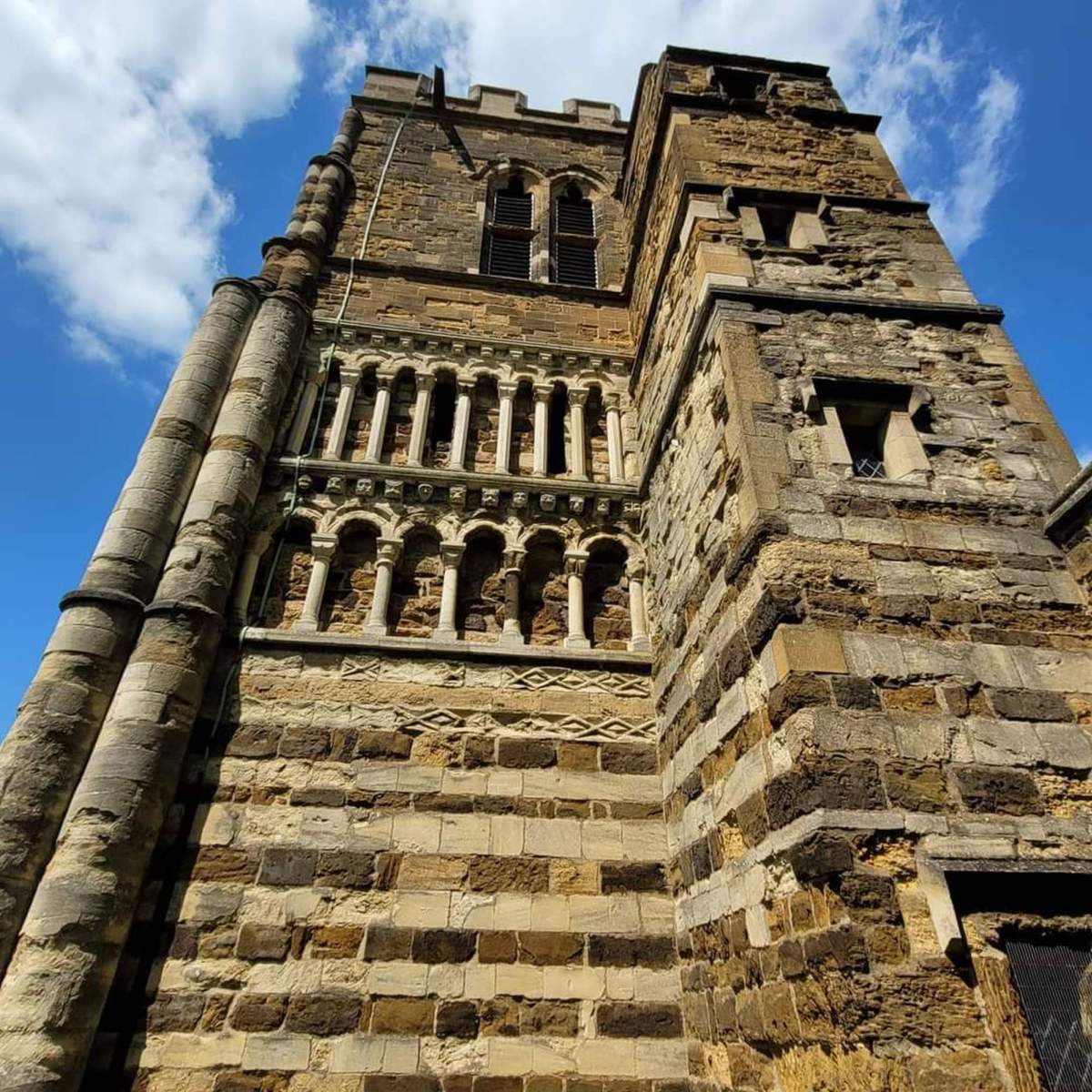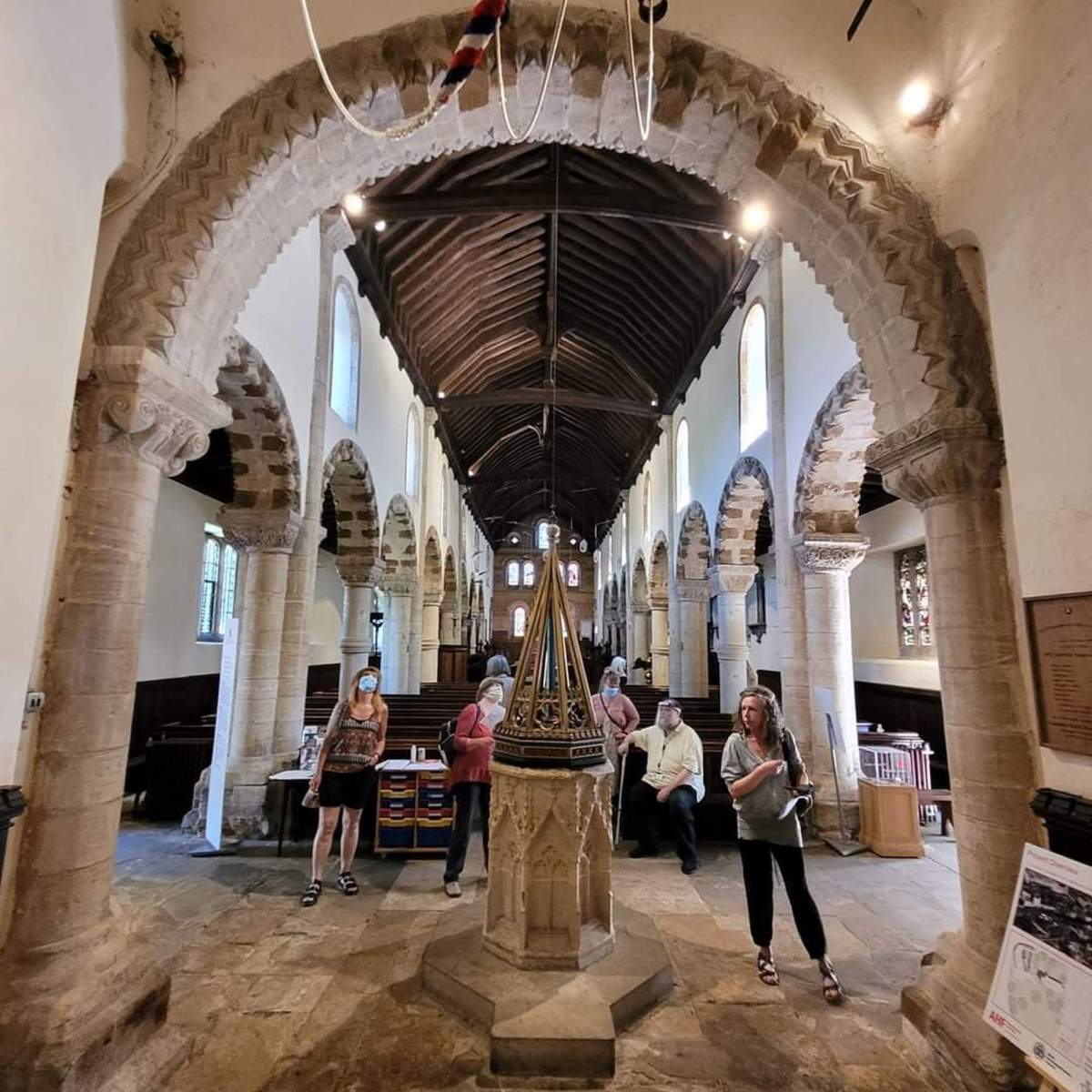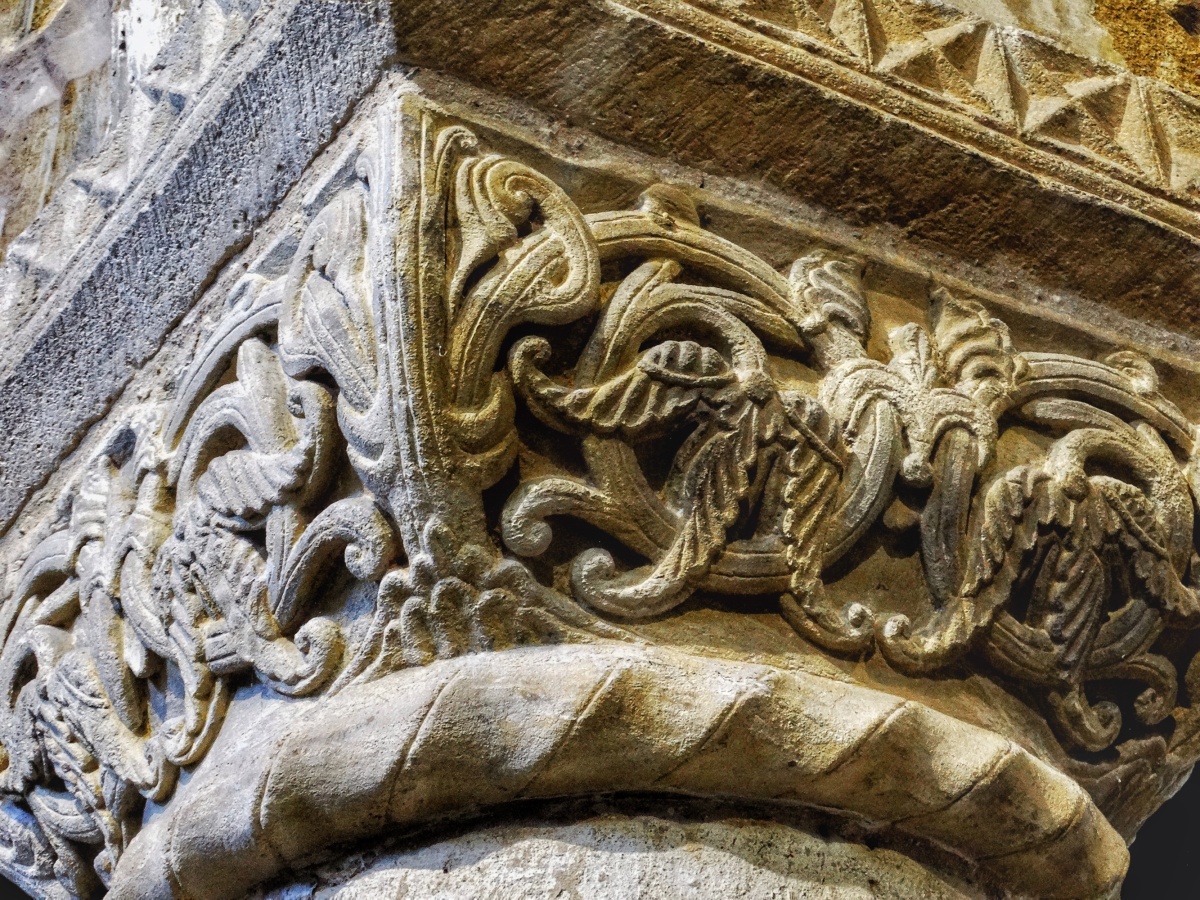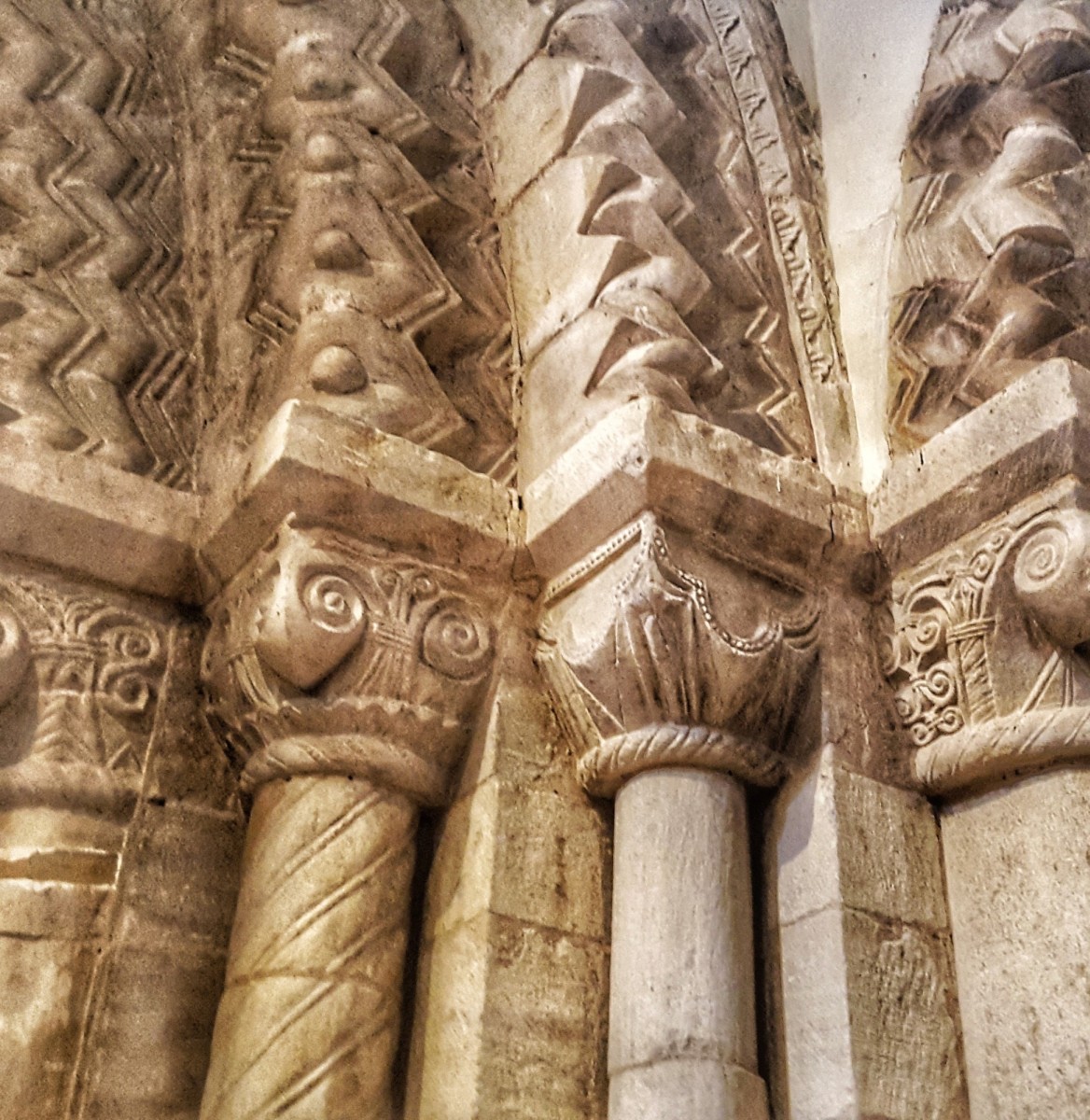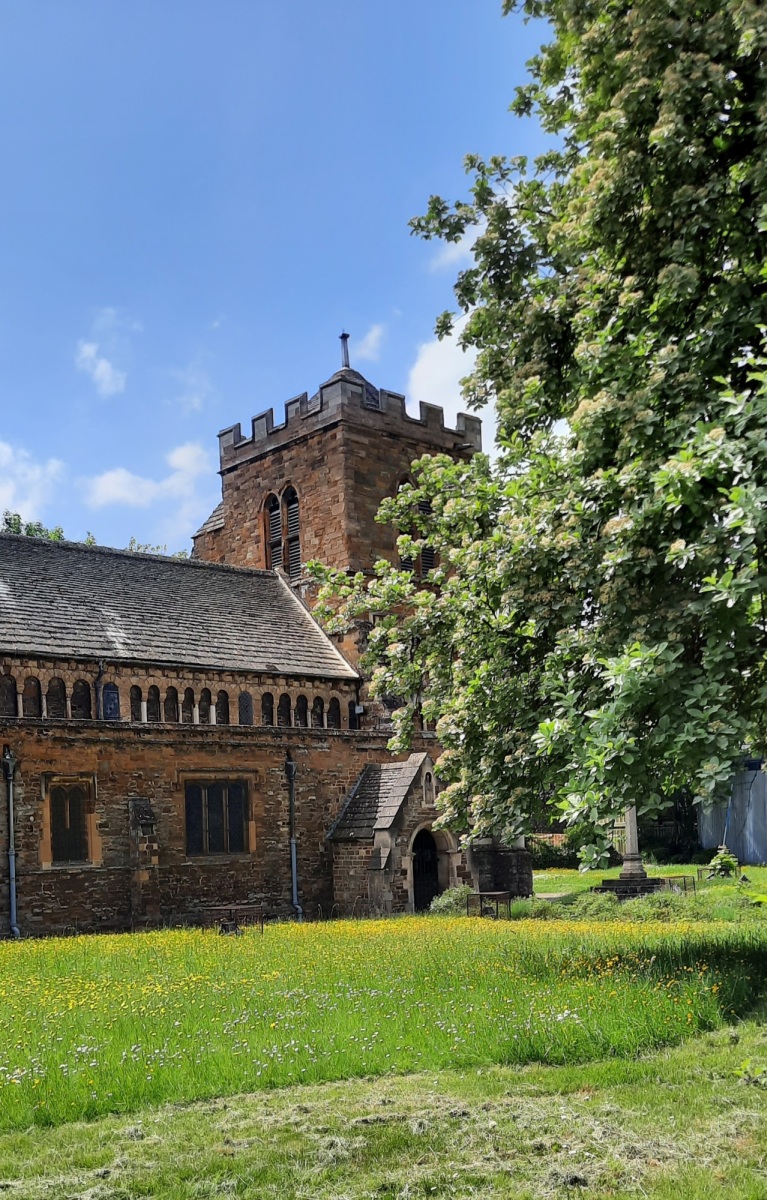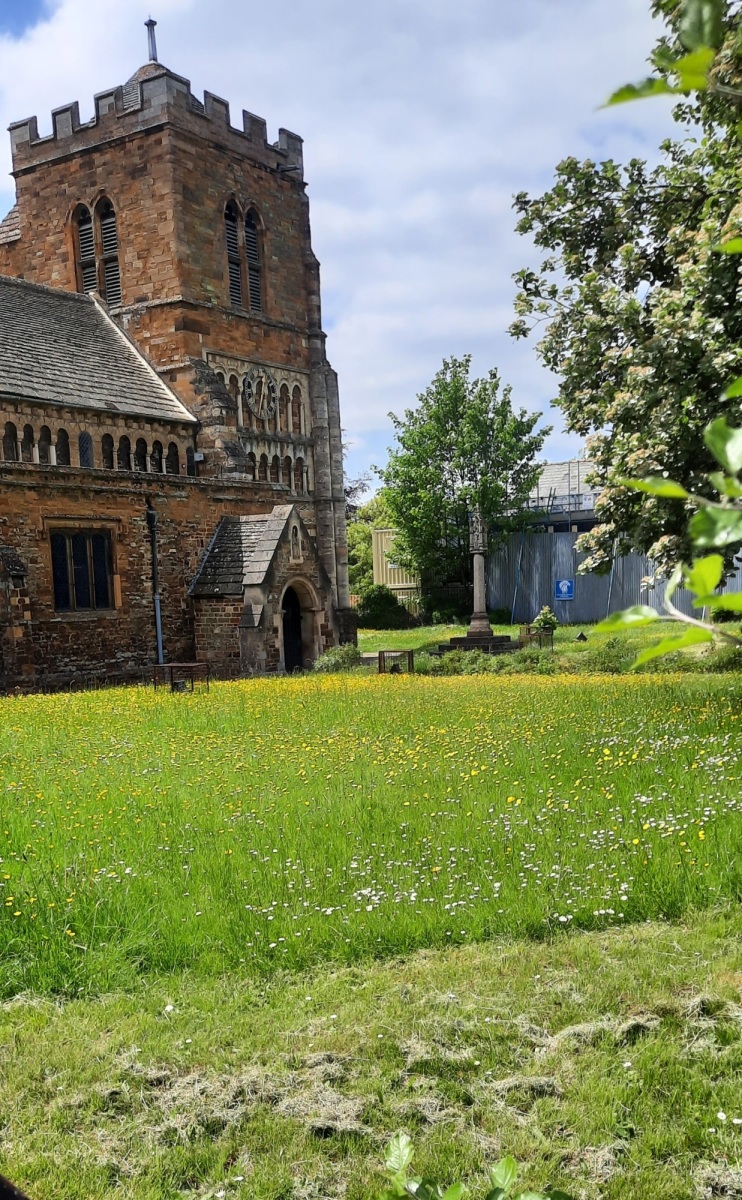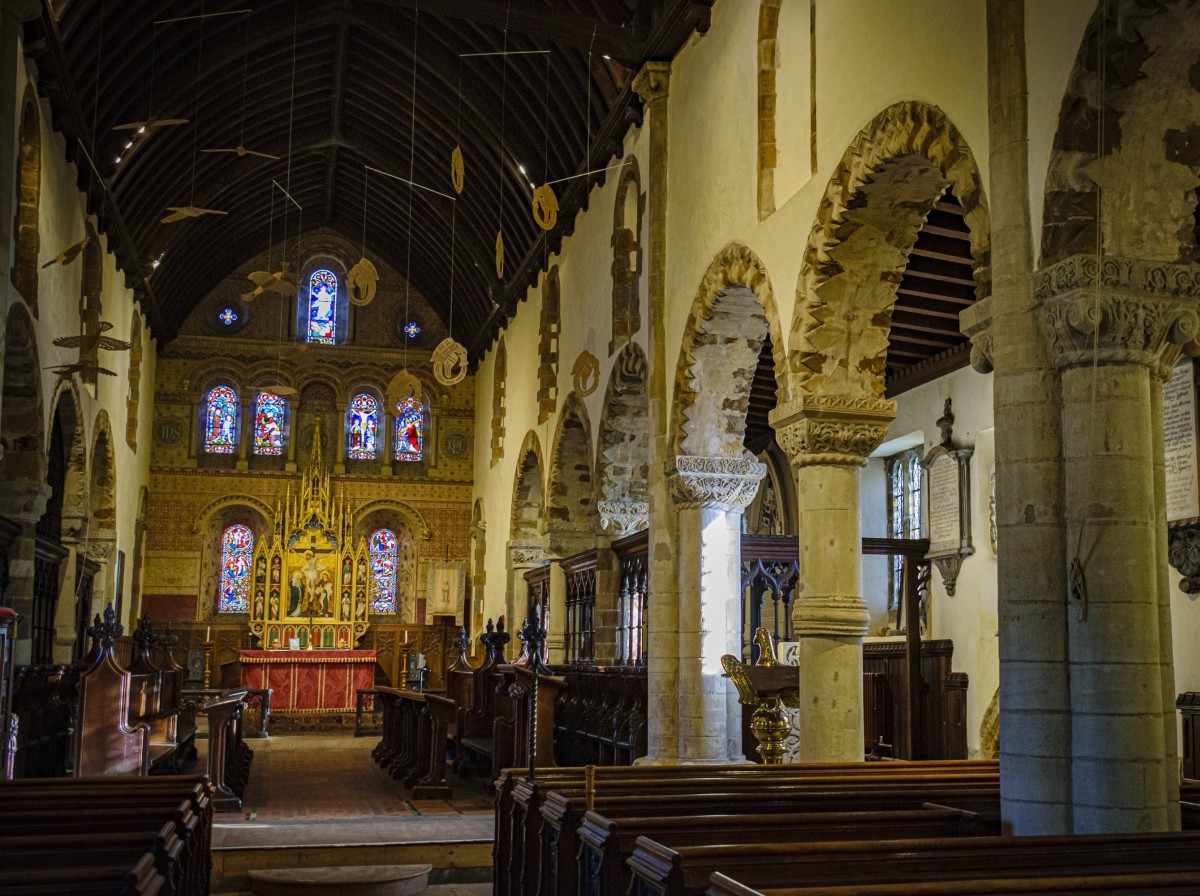Zarnecki, as ever, did the groundwork in establishing the significance of the Northampton workshop, and his guiding hand is apparent at points in the work of his student, Henry Maguire. Maguire divided the capitals into four groups, based on their decoration.
Group A (nave E responds /choir W responds N and S, choir S arcade E respond, nave N2, S2, N4, S4). Characterised by wire-like coils of grooved foliage stems with clasps, sometimes beaded. Some capitals have fictive shafts as part of their decoration; others have beasts in pairs. Maguire related these to Anglo-Saxon and Romanesque goldsmiths’ work.
Group B (Choir N1, N2, S1, S2, nave W responds N and S). As A but more crudely carved.
Group C (Choir N arcade E respond, nave N1, S1). Includes Byzantine blossom and dragons with foliate tails. Maguire related these to manuscript painting.
Group D. (Nave N3, S3). Systematic and symmetrical decoration including large furled leaves with fluted lobes. He did not suggest that these represent the work of different sculptors of workshops, and to the present author it seems clear enough that the groups represent nothing more than distinctive characteristics of a single workshop, which could be combined at will.
In discussing the sources of the workshop he confined himself to two strands.An Anglo-Saxon tradition was related largely to manuscript illumination, and accounted for the prevalence of the Winchester acanthus foliage, and certain of the beast decoration. The lions on the choir N arcade E respond capital, for example, were compared with those found in a Rochester copy of Gregory’s Moralia (London, BL, Royal 6.C.VI, f.91). A continued manuscript influence was detected through the appearance of the Byzantine blossom, e.g. on pier 1 of the nave S arcade. This motif he compared with initials in the Eadwine Psalter (Cambridge, Trinity College, R .17.1 e.g. on f.200v). An Anglo-Saxon tradition was also seen in the shaft-rings of the arcade piers, which he related to baluster shafts at Brixworth and Earl’s Barton.
The second source examined was Northern Italian sculpture, particularly in Lombardy. Lions and dragons on imposts were compared with similar work at S.Michele in Pavia and S. Savino in Piacenza, but the most striking comparison was with the wire-like leafless foliage stems of group A, a common N Italian ornament exemplified in by the choir-rail of S. Giovanni in Pieve Trebbio, dateable c.1108.
The present author is less than convinced of the relevance of the Italian parallels, especially in view of the late date of Northampton. The wire-like foliage, for example, cannot really be separated from the ubiquitous Winchester acanthus, which had been part of the stock-in-trade of English sculpture for many decades before these capitals were carved.
Maguire’s work is more useful in identifying other pieces by the same workshop. The tomb slab belongs with the capitals, employing similar Byzantine blossom, foliage, lion and dragon motifs. Nearby the fonts at Harpole, Greens Norton, Paulerspury, Dodford, Tiffield and Weedon Lois (all Northants), and Maids’ Moreton (Bucks) are by the same carvers. St Chad’s, Stafford, has capitals almost identical to some of those at St Peter’s, but they are all 19thc. copies dating to Scott’s restoration of 1873-74. They were described in the restoration report as copies of the ‘lamentably abused’ Norman work.
The W doorway uses a different range of motifs, based on interlaced knotwork and symmetrical flowers, and this also finds a local parallel, in the font at Mears Ashby (Northants).
As for the corbels; the replacements are fairly easy to identify, and usually seem to copy a surviving original. The originals are all in either red ironstone or yellow limestone, but there is no apparent system to this. Most are heads, some paired, including humans, monstrous forms and more-or-less recognisable animals. Of the last, a number show bears and dogs with muzzles, which is not especially common, but the usual cats and rabbits also make an appearance. The most frequently occurring beast has a lion-like head and bulging eyes, and vicious rows of teeth are a regular feature. The paired corbels are worth more study. On the N side, N52 shows a pair of bird beakheads and its neighbour, N53, has embracing male and female figures crouched to show their genitals. Among the single figures, more genitals are on display in N55 and S2.
From CRSBI by Dr Ron Baxter

